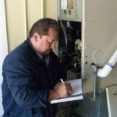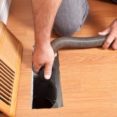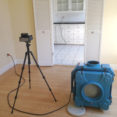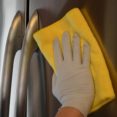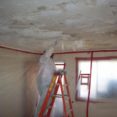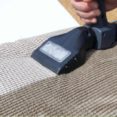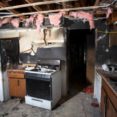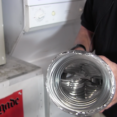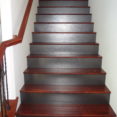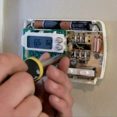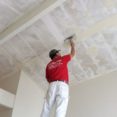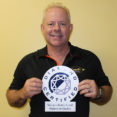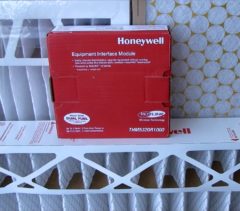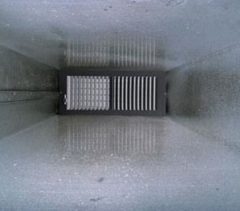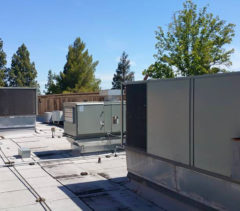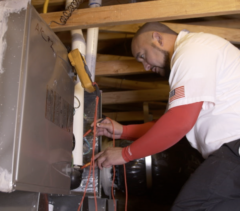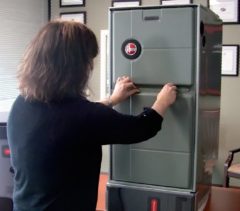
How to Locate and Replace Your Furnace Filter
CONCORD — While routine furnace filter replacement remains a commonly neglected aspect of home maintenance, for some, the problem starts with locating the filter in the first place. Here are a few common places to look:
Internally: In many cases, the filter is located within the furnace’s blower compartment.
Externally: A furnace system’s casing is sometimes designed with an external compartment that houses the filter.
Return air grill: If the filter isn’t integrated within the furnace casing itself, it may be situated within a return air grill, which typically can be found in the ceiling or a nearby wall.
Since furnace filters come in various sizes, it’s important to determine which size your furnace accepts before purchasing a replacement. Filters are usually labeled with numbers denoting size and style, which will help you get the correct model. If, however, you discover that a filter was never installed in your furnace to begin with, you can determine the correct size either by referring to your owner’s manual or measuring the inside area with a tape measure.
When replacing a furnace filter, correct installation is also important. Filters are typically labeled with arrows that denote the proper air flow direction, so be sure to check this before installing. Also, as a safety precaution, always turn off the furnace before replacing a filter.



